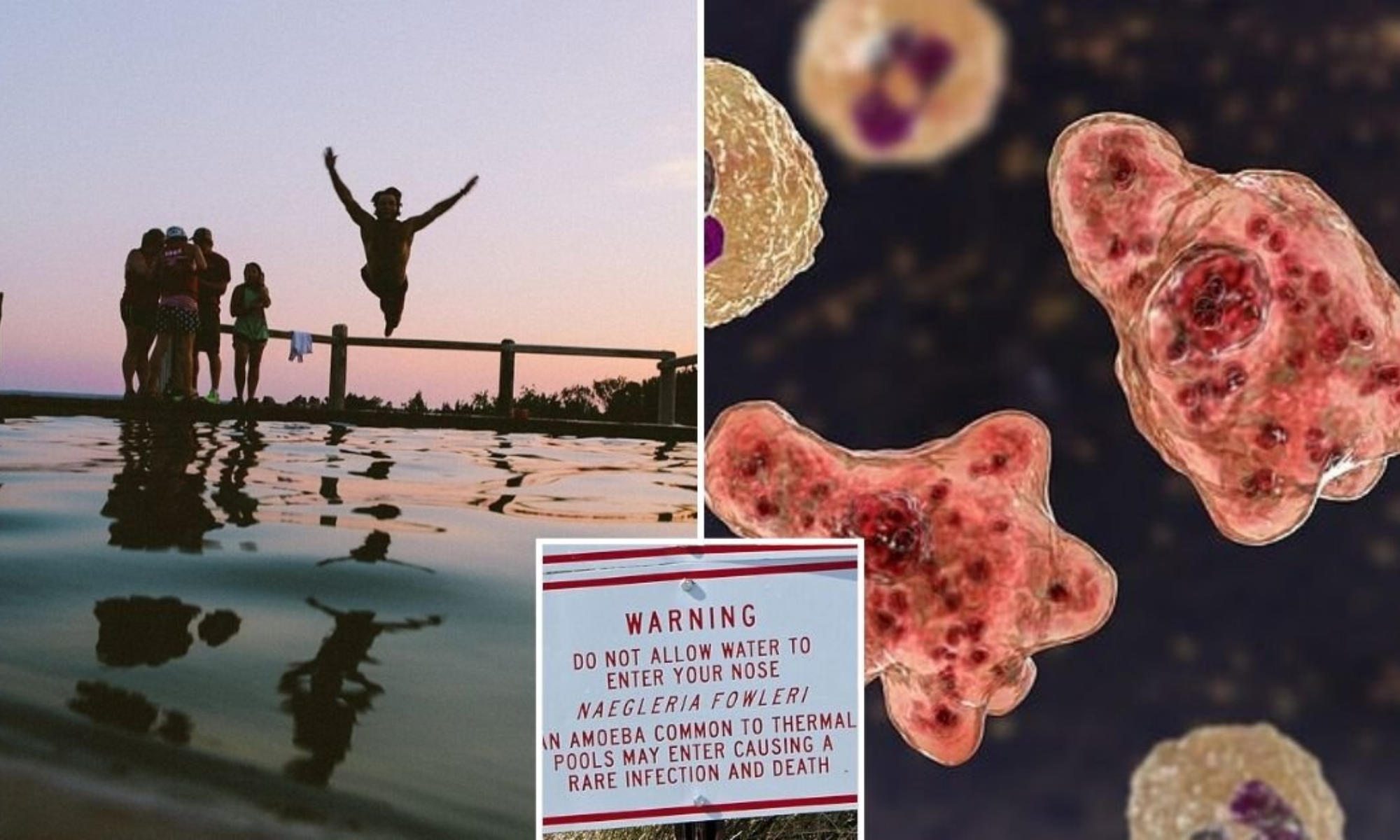Why brain-eating amoeba again in news?
A 15-year-old boy from Alappuzha district in Kerala, India, has passed away after contracting a rare infection caused by Naegleria fowleri, commonly known as the “brain-eating amoeba.” The young boy experienced a week-long period of high fever and rapid deterioration of his health. It is believed that he contracted the amoeba while bathing in a nearby stream, which is likely the source of the infection. Naegleria fowleri thrives in various natural environments, particularly warm water habitats, but cannot survive in saline conditions and is therefore not found in seawater. The amoeba sustains itself by feeding on bacteria present in the sediment of lakes and rivers.
Brain-eating amoeba infection reported in South Korea
For the first time ever, a rare and potentially fatal brain-eating amoeba has been discovered in South Korea. Primary amebic meningoencephalitis (PAM) is a rare and serious infection caused by the amoeba naegleria fowleri, which is commonly found in warm freshwater and soil.
Bank Maha Pack includes Live Batches, Test Series, Video Lectures & eBooks
Brain-eating amoeba infection reported in South Korea: Key Points
- The 50-year-old affected person has passed away, the Korea Disease Control and Prevention Agency (KDCA) reports. The man had returned to Korea following a four-month sojourn in Thailand.
- Although it is not feasible for the sickness to spread from person to person, the KDCA has encouraged people to stay away from freshwater lakes and use caution when participating in water sports.
- In order to prevent water from entering the nose when engaging in aquatic activities, the government has also encouraged people to use nose clips or hold their nostrils shut.
- When contaminated water enters the nose and travels to the brain, it can result in the rare but frequently fatal infection known as PAM.
- Within five days of infection, symptoms usually start to show up and can include headache, fever, nausea, and vomiting in addition to stiff neck, seizures, and altered mental status.
- The infection can cause a coma and even death in extreme circumstances.
Antarctica’s Biodiversity at risk, Emperor Penguins could be extinct by 2100
Brain-eating amoeba infection: Primary amebic meningoencephalitis
The rarity of the amoeba and the lack of specialised diagnostic testing make PAM currently incurable and make the infection challenging to identify. Medications are frequently used in conjunction with supportive care to treat problems and manage inflammation.
The KDCA stated that it is attempting to stop new diseases from occurring and has advised the public to use caution when partaking in water-related activities. The organization has also advised individuals to stay out of warm, stagnant water bodies and to stay out of the water if they have cuts or abrasions on their skin.
India votes for UNSC resolution on psychological well-being of UN personnel
Brain-eating amoeba infection: First Case in South Korea
Infection with Naegleria fowleri has never been previously documented in South Korea. There have been 143 recorded instances in the United States from 1962 to 2018, with the majority happening in the southern states, despite the fact that it is an uncommon disease and it is difficult to determine the precise number of occurrences. The World Health Organization (WHO) predicts that the disease affects between 1,000 and 2,000 people worldwide each year.



 Paris Olympics 2024 Medal Tally, India M...
Paris Olympics 2024 Medal Tally, India M...
 Which District of Madhya Pradesh is Famo...
Which District of Madhya Pradesh is Famo...
 EC Signs Electoral Cooperation Pact with...
EC Signs Electoral Cooperation Pact with...

